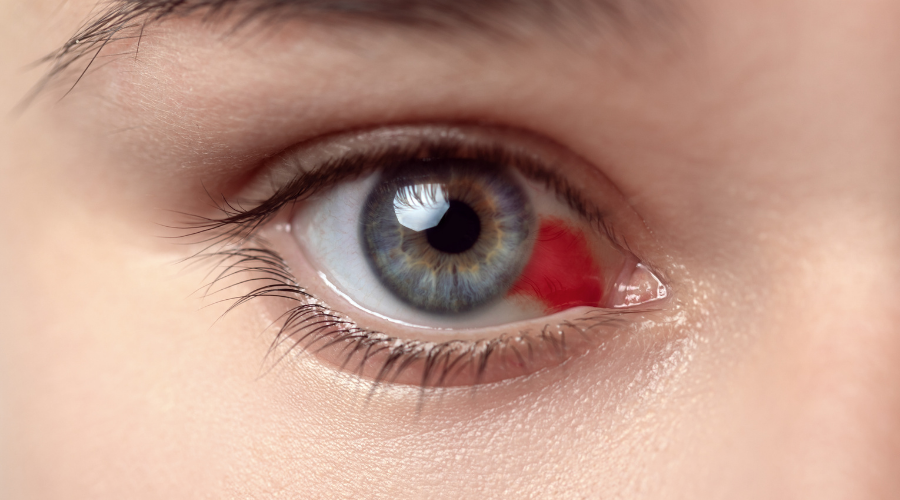What is Retinal Bleeding Due to Diabetes and Blood Pressure?
What is Retinal Bleeding Due to Diabetes and Blood Pressure?
Diabetes and hypertension are among the most important factors affecting the formation of retinal diseases. Although diabetes and hypertension affect all systems in the body, they also significantly affect the eye. Diabetes causes visual disturbances and causes serious damage to the eye, and if left untreated, it can result in vision loss and blindness. The eye problem caused by diabetes is called diabetic retinopathy. Diabetic retinopathy causes eye cataracts, glaucoma, vision problems, optic nerve inflammation, eye muscle paralysis and retinal damage.
How are they formed? How Can We Understand Its Symptoms?
Diabetes causes visual disturbances by affecting the nerve layer of the eye (retina) and the capillaries in this layer. Irregularities in blood sugar in diabetics cause deterioration of the vascular structure in the retina layer of the eye (vessel-network layer), fluid leaking out of the vessels and bleeding in the tissues. Retinal involvement and visual impairment as a result of diabetes occur for two main reasons. One is the occlusion of the retinal vessels and the deterioration of the nutrition of the tissues in the retina, and the other is fluid leakage as a result of the deterioration of the structure of the vessels in the retina. As the clogged vessels in the retina increase, the retina produces new vessels to feed itself. However, the walls of these newly produced vessels are weak and they are prone to bleeding. Newly formed weak vessels may one day bleed spontaneously and prevent vision. In addition, some damaged vessels in the retina leak the fluid in the blood into the retina, and this fluid accumulates in the retina significantly reduces vision. Retinal hemorrhages are difficult to be noticed by the patient in the early stages. Retinal hemorrhage may occur even if vision does not decrease. In order for the bleeding due to diabetes to be noticed by the patient, the bleeding should be at the point called the macula (yellow spot) that provides vision. The most important thing that can be done for the early diagnosis of retinal hemorrhages is for diabetics to go to eye examination at regular intervals.
Who Gets Diabetes-Related Eye Problems (Diabetic Retinopathy)?
Diabetic retinopathy in diabetic patients increases after 10 years from the diagnosis of diabetes. Irregularities in blood sugar, sudden rise or fall in blood sugar cause the progression of retinal disorders. Pregnancy, hypertension, hyperlipidemia and kidney disease are factors that cause retinopathy to progress more rapidly. Therefore, retinal examination should be done regularly once a year in diabetic patients. When diabetic retinopathy is diagnosed, an examination should be done every 3-4 months.
How is the treatment done? How long does it take?
- Laser therapy: Laser applications are generally used in the treatment of retinopathy and retinal hemorrhages caused by diabetes. Bleeding is stopped by clogging the leaking veins and creating scars in the bleeding veins with the laser.
- Intravitreal injection: The initial treatment for diabetic macular edema is intravitreal injection of anti-VEGF or steroids. These injections are repeated three times, once a month. Then, if needed, re-injection can be done.
- Vitrectomy: In cases where blood fills behind the eye, vitrectomy treatment is preferred. Vitrectomy is a surgical method in which the blood-filled vitreous is drained and replaced with an artificial solution. In some cases, the operation is performed immediately after the bleeding, while in some cases it is waited for up to a year.
How Can You Protect Yourself?
- The most effective way to prevent diabetic retinopathy and retinal hemorrhages is to keep blood sugar under control.
- To control hypertension.
- Since there may be sudden increases in blood sugar during pregnancy, regular controls should be made to prevent excessive increase in blood sugar.



